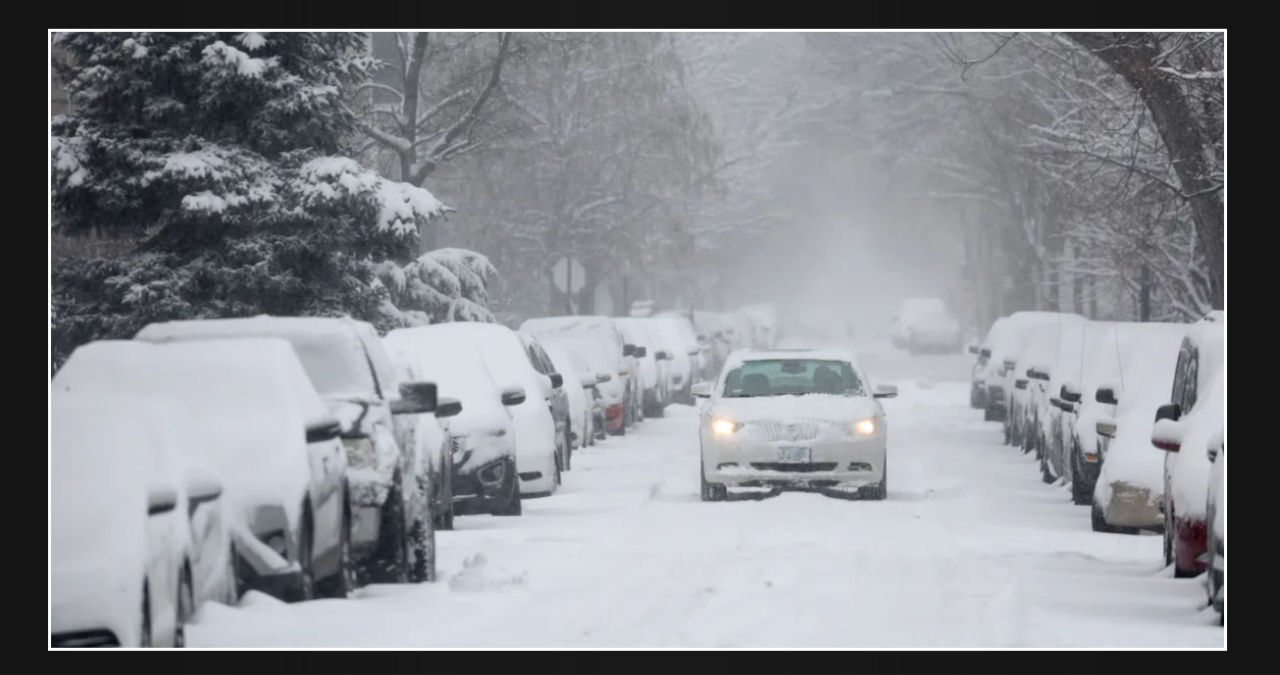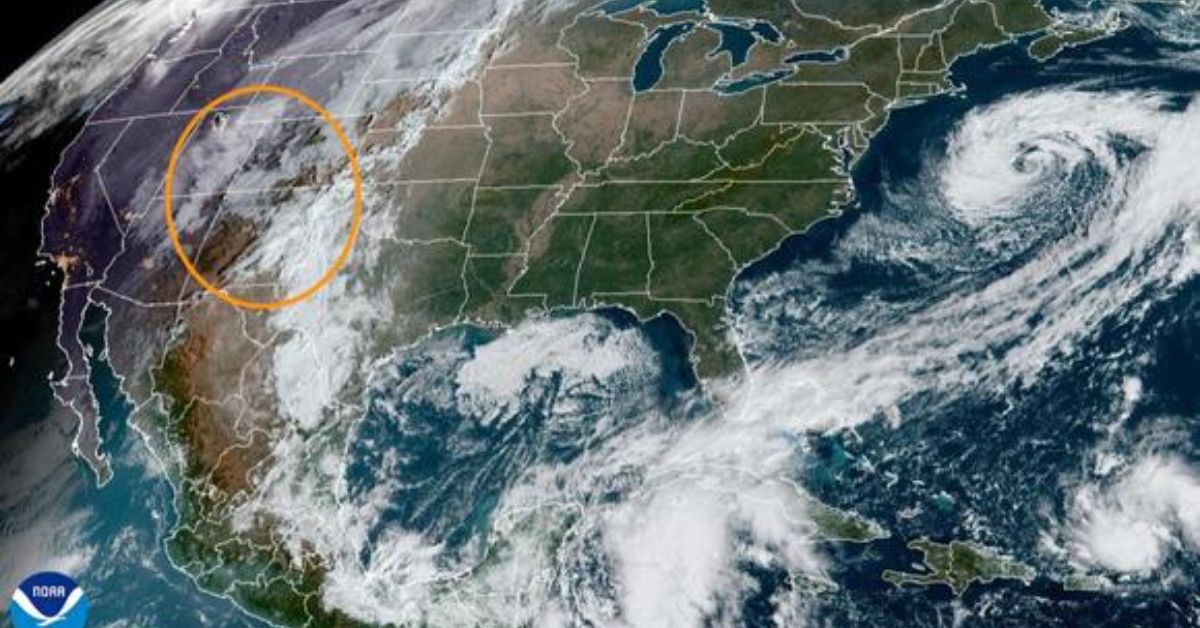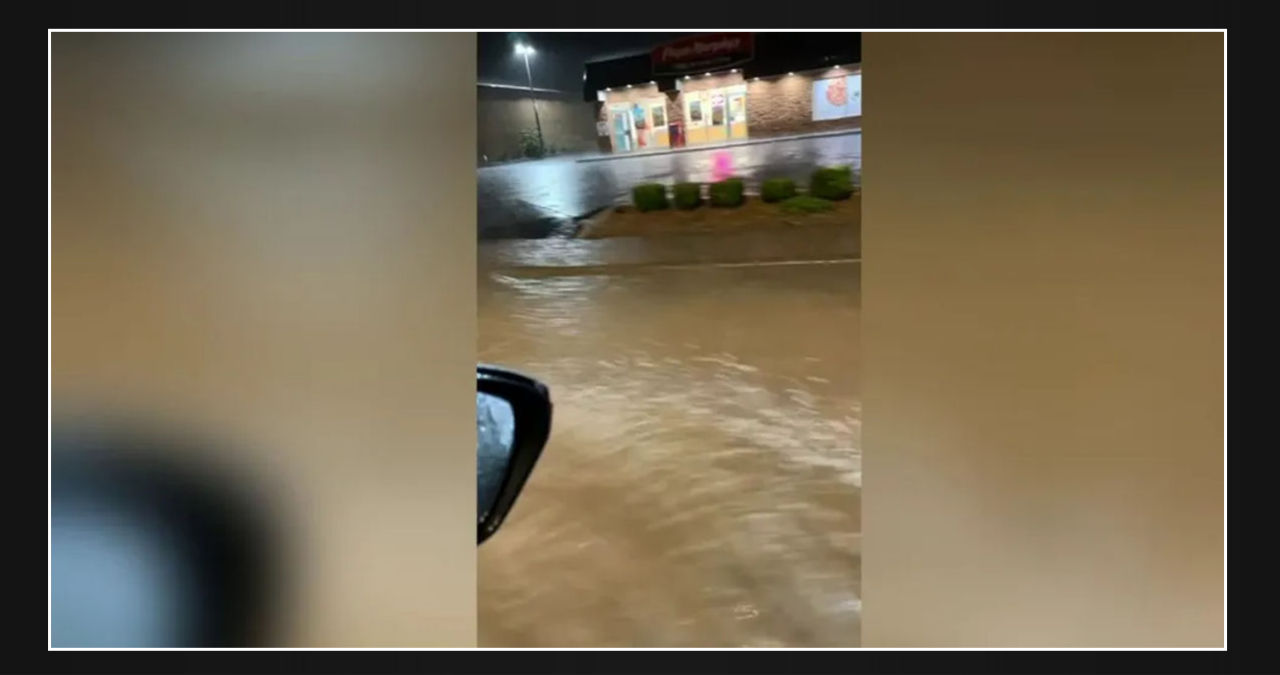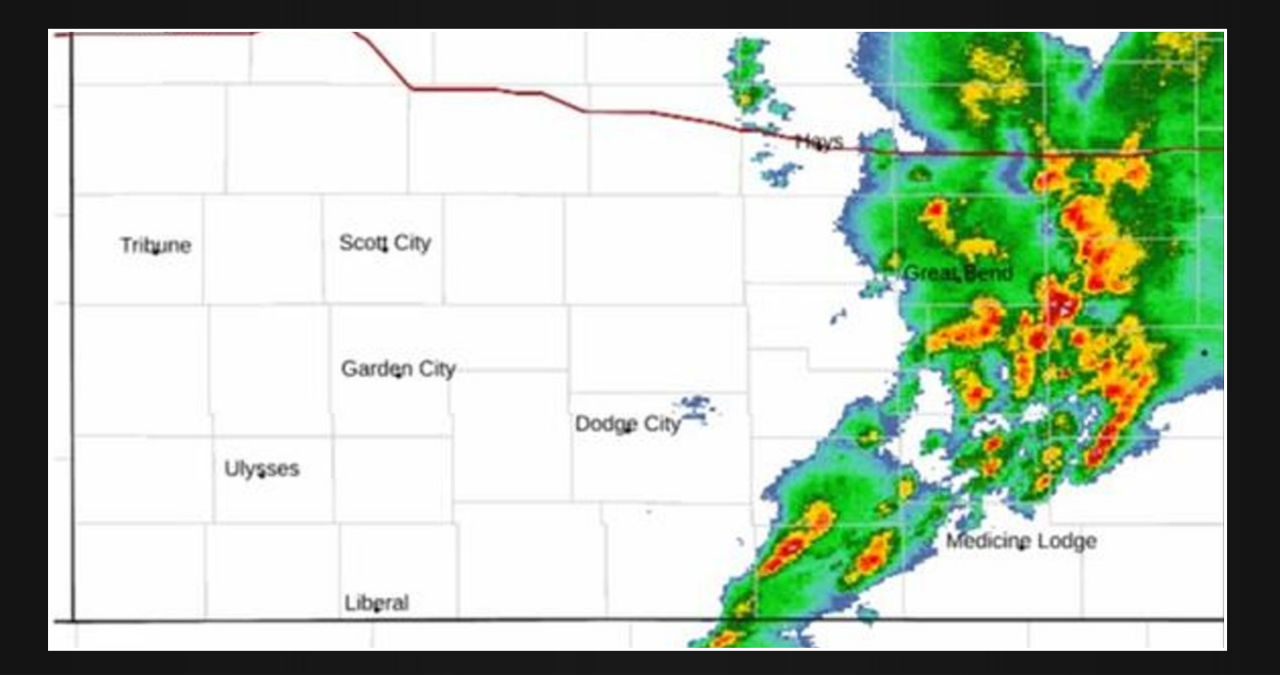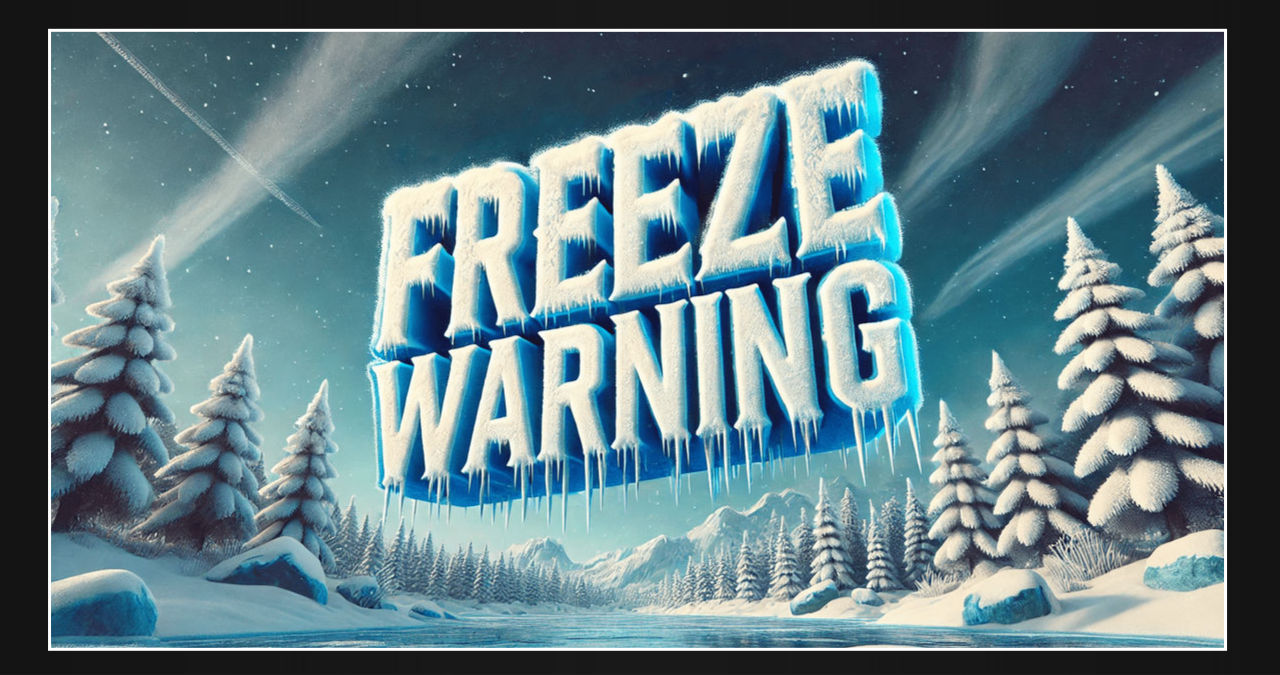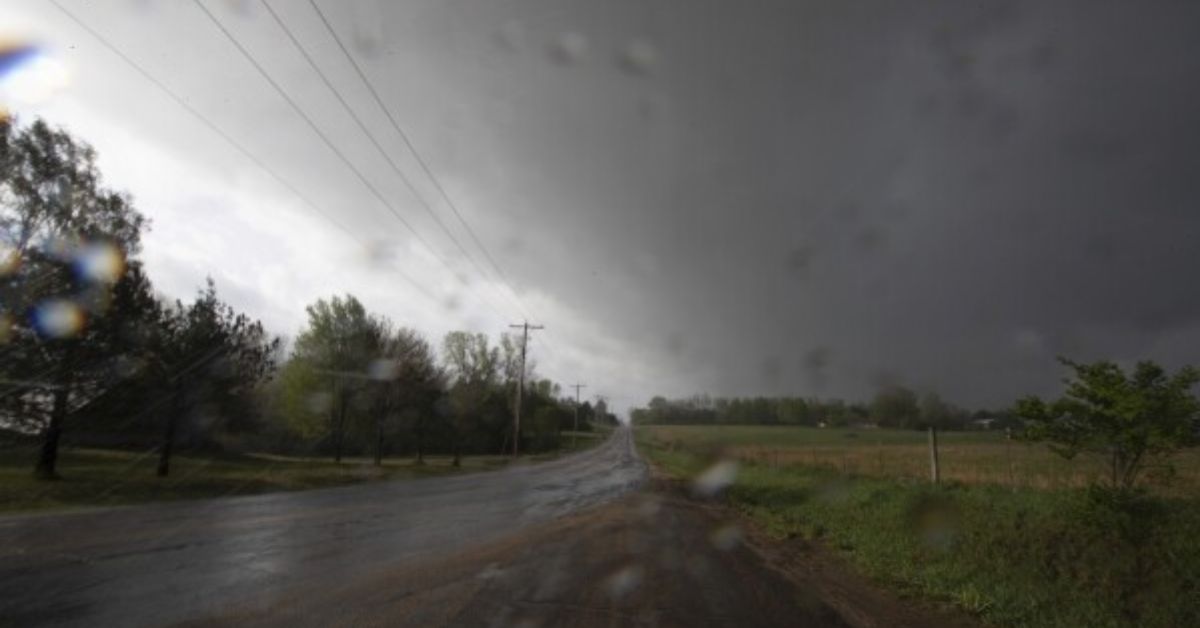The National Oceanic and Atmospheric Administration has released its winter weather forecast for 2024–25, and homeowners in the Chicago area should prepare with boots and shovels.
NOAA analysts predict that a “slowly developing” La Niña event in the Pacific Ocean will likely strengthen the dominant weather pattern in the Great Lakes region.
This would result in a “wetter than normal” winter on the Great Lakes, particularly in Wisconsin, Illinois, and Indiana.
During meteorological winter (December 1–February 28), the La Niña pattern is projected to intensify and shift the prevailing jetstream northward, leading to more storms in the Chicago region.
The main concern is whether temperatures will cause the precipitation to fall as rain or snow. At this time, NOAA says there are “equal chances” of above- or below-average temperatures, which can have a substantial impact on whether the region receives rain or snowfall.
The NOAA has developed a series of upgrades to forecasting systems, including an experimental model known as the “Probabilistic Winter Storm Severity Index.” Officials say they used that data, deployed in late 2023, to aid with this year’s estimates.
Stronger La Niña tendencies can cause winters to be “warmer and wetter than average,” resulting in more snow and storms. A persistent La Niña might result in colder springs.
During a La Niña occurrence, stronger trade winds shift warm water away from the Americas and toward Asia. This allows for a phenomenon known as “upwelling,” which transports cold water to the ocean’s surface.
These frigid seas cause the Polar Jetstream to move north, resulting in drought in the southern United States and increased precipitation in the Midwest and Pacific Northwest.
The Climate Prediction Center predicts that La Niña will develop between September and November and last until the winter.
